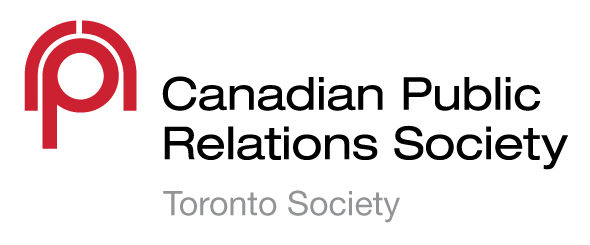Communications professionals, PR practitioners and marketers need to know how to deliver engaging, visual content to audiences across multiple platforms if they intend to stay relevant in today’s competitive digital landscape.
CPRS Toronto sat down with Andrew Lundy, Vice President, Digital at The Canadian Press to try to understand how they’ve managed to successfully adapt and stay on top of the changing digital landscape for 100 years and counting.
CPRS: Before the evolution of technology, what methods did CP use to amplify messages and reach wider audiences?
CP: In the early 1920s, CP began linking Canada coast to coast via telegraph lines. In 1952, CP’s Photo Network started transmitting photos via wire between Toronto and Montreal. After 25 years, laser transmitters were employed to send photos followed by delivering news via satellite in 1986. More recently, CP overhauled its corporate web site to create a more effective marketing platform for its which has paid off in new leads and new business.
The Canadian Press now offers professional copy writing, photography, videography & information design to marketing and PR clients through our custom content studio in the same way you would expect from an agency. It’s kind of an agency for agencies and the quality of work coming out of it is absolutely stunning.

Prime Minister Winston Churchill of Great Britain welcomes the Rt. Hon. W.L. Mackenzie King, Prime Minister of Canada, on the occasion of Mr. King’s visit to London in September, 1941. (CP PHOTO)
CPRS Toronto: How did The Canadian Press transition into adopting the new era of technology, and what services were first introduced?
CP: With the advent of computers, CP operated off a mainframe in its Toronto office as early as 1967, and we were the first in Canada to employ computers in the newsroom to an evolution we introduced in 1972. In 1997, we jumped on the internet to deliver news stories and photos and in 2015, the last of our clients shuttered their satellite dishes in favour of our faster and more effective online content delivery.
Today, we host custom infographics, animated graphics and information design tools produced by both our newsroom and our custom content studio. Our clients can pop the embed codes in their CMS and provide their audience with a rich, interactive experience at a fraction of what it would cost to produce a one-off.

Canadian Prime Minister Jean Chretien and United States President Bill Clinton (right) point to reporters during a joint news conference after meeting in Ottawa on Parliament Hill, Friday, October 8, 1999. (CP PHOTO/Fred Chartrand)
CPRS Toronto: What are your insights on using digital content/photography to strengthen messages? How much more or less effective is it?
CP: Today, digital content has the potential to reach audiences both widely and deeply. Online distribution via the internet and sharing platforms like social media can expand the reach of our content to levels only dreamed of 25 years ago. Digital also allows us to create and to employ more than just text and photos in delivering information.
Photography itself is critical to creating engaging content. We know, for instance, that a tweet with a bold image will generate far more shares and likes than just a straight text tweet.
While text and photos remain the backbone of our service, we also use static and interactive graphics, audio and video to tell our stories in more compelling ways and users spend more time consuming that content.
CP employs social platforms to reach both the public and our clients directly. We promote our top stories on our client sites via Twitter and Facebook. We showcase our best photography via our Instagram account.
The content we produce through our custom content studio can be tailored to fit any format or platform our clients need, from social to video to blog and everywhere else.

How do you tackle ‘fake news’ that is shared across various digital media platforms? How is this monitored to ensure your clients’ best interests?
CP: Long before ‘fake news’ became a common term, CP led the way in Canada in ferreting out misinformation and ensuring our content was accurate and complete. Today we know many of our clients look to us to before they post one of their own, and few are willing to break news until CP has confirmed it via email alerts and tweets. We are the country’s seal of approval for news.
In addition, we have discussed playing a role with some of the larger digital players to perform formal, regular fact checks to keep their platforms free from fake content.
We use a variety of methods to achieve this goal including:
- Social media monitoring
- Original reporting
- Insisting on multiple sources and original data for stories
Any custom content we produce through our studio is white label and wholly separate from our newsroom. It belongs solely to the clients who own it and is not syndicated to our newsfeed clients.
From breaking regional, national and international stories to the biggest events in politics, sports, business, entertainment and lifestyle, The Canadian Press is there when it matters, delivering news about Canadians to Canadians, 24/7/365. CP gives Canadians an authentic, unbiased source, driven by truth, accuracy and timeliness.
Agencies and brands such as Cossette, Aeroplan, Google and Staples have relied on our storytelling expertise to help them engage audiences via their blogs, emails and social channels and achieve their business, PR and content marketing goals, like driving awareness, engagement, loyalty, leads and sales.
For more information, visit www.thecanadianpress.com. You can also sign up for our newsletter, a weekly digest of our latest news stories delivered right to your inbox every Monday.
Contributor: Sakina Adnan, volunteer, CPRS Toronto
